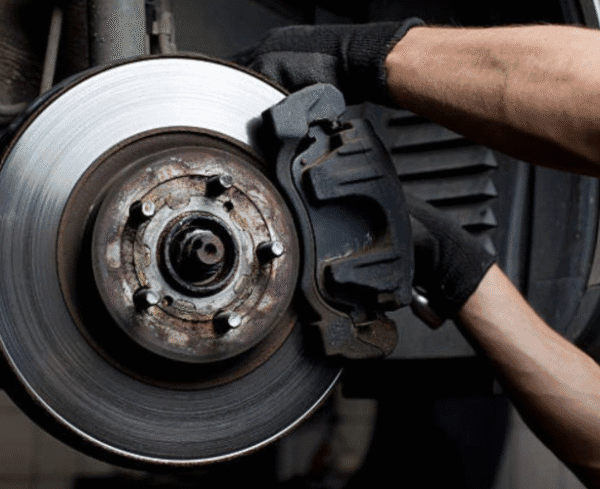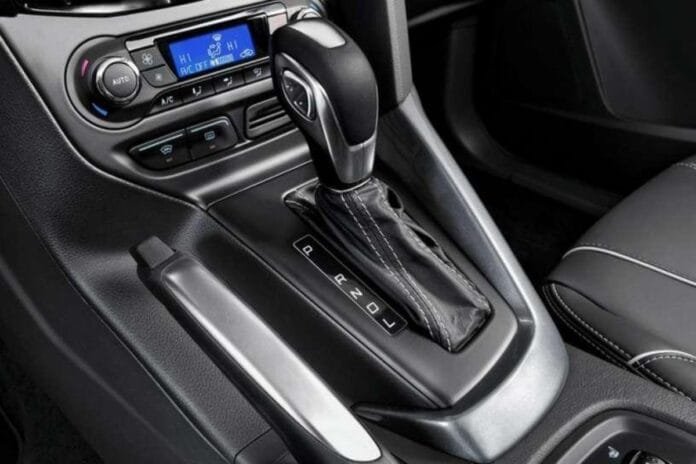Understanding Brake Glazing
Are your brakes squealing with a high-pitched, glassy sound? If so, you may be dealing with a common automotive issue known as brake glazing. This condition not only affects the sound of your brakes but can also diminish their responsiveness and stopping power. If your brakes feel less “grabby” than they used to, it’s essential to identify and remedy the situation.

Causes of Brake Glazing
Brake glazing primarily results from excessive heat, which can be caused by several factors. Constant light braking, often referred to as “riding the brakes,” can generate enough heat to overheat the brake pads. Moreover, aggressive driving involving frequent hard braking or towing heavy loads exerts immense stress on the brakes. Lastly, a sticking brake caliper can maintain constant pressure on the brake pad, leading to continuous heat buildup and severe glazing.
How to Remove Brake Glazing
To effectively resolve brake glazing, you must restore the friction surfaces of both your brake pads and rotors. It’s a straightforward task, one you can conveniently tackle in your garage with basic tools. First, ensure you wear safety glasses, gloves, and a mask to protect yourself from brake dust. Start by removing the wheel, then inspect the brake pads and rotors. If the pads are excessively worn or shiny, they might need to be replaced. For rotors, a light sanding or resurfacing may be required. By addressing both surfaces, you can restore your brakes’ performance and enhance your vehicle’s safety.




